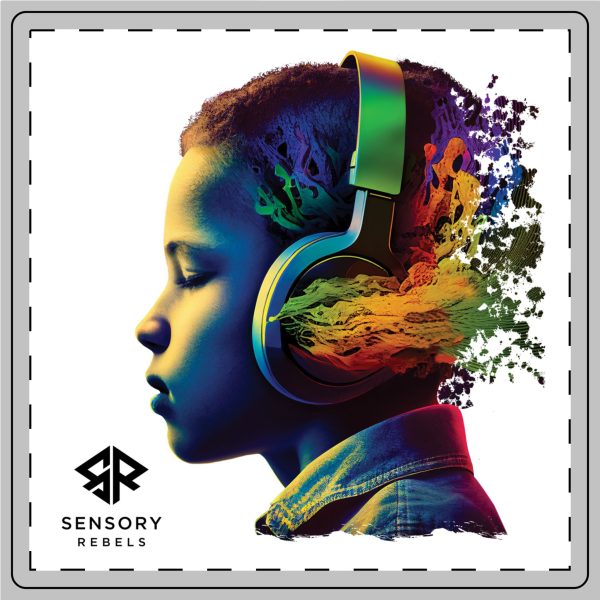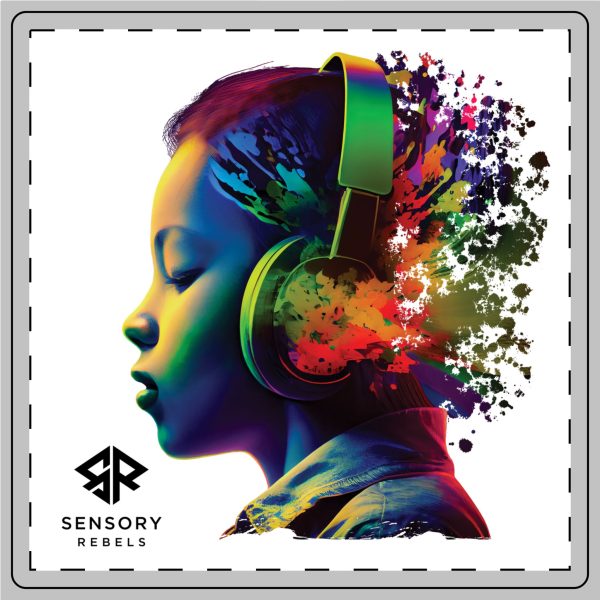No products in the cart.
Return To ShopIntroduction: The Challenge of Autistic Burnout
Autistic burnout is a harsh reality for many autistic adults, often intensified by societal pressures and internalized ableism. Inspired by a powerful discussion in an online community, where a PhD student shared their struggles with burnout, codependency, and the lingering effects of being treated as “less than” by family, this post explores how autistic adults can build resilience. Drawing from personal stories and community insights, we’ll discuss strategies to manage burnout, overcome internalized ableism, and thrive as neurodivergent individuals in a world that often demands conformity.
“Autistic burnout is real, but resilience is possible with the right support.”
💪
#AutismResilience #Neurodiversity
Understanding Autistic Burnout
The individual in the online discussion, a 5th-year PhD student, described autistic burnout as a debilitating state triggered by intense stress, such as a challenging academic qualifier and an advisor’s threat to drop them. This led to a PTSD diagnosis and ongoing struggles with exhaustion. Autistic burnout often results from prolonged masking, sensory overload, or overwhelming demands, leaving individuals physically and emotionally drained.
What Is Autistic Burnout?
Autistic burnout is characterized by:
- Exhaustion: Feeling mentally and physically drained, often unable to perform daily tasks.
- Reduced Coping Skills: Increased sensitivity to sensory input or difficulty with social interactions.
- Loss of Function: Struggles with executive functioning, like planning or decision-making.
- Emotional Impact: Feelings of hopelessness, anxiety, or depression, often linked to societal pressures.
80%
of autistic adults report experiencing burnout due to masking and societal demands.
Internalized Ableism: A Hidden Barrier
The PhD student shared how family members treated them as “less capable,” leading to internalized ableism and codependency. Internalized ableism occurs when autistic individuals absorb society’s negative stereotypes, believing they are inherently flawed or incapable.
Signs of Internalized Ableism
- Feeling “broken” or inadequate compared to neurotypical peers.
- Overcompensating through masking to prove competence.
- Reluctance to seek accommodations due to fear of being seen as weak.
- Self-blame for struggles that stem from societal barriers.
Community members emphasized that recognizing internalized ableism is a critical step toward resilience, as it allows individuals to challenge these beliefs and advocate for their needs.
“Internalized ableism can make autistic adults feel broken, but unlearning it is a path to empowerment.”
🌟
#AutismAcceptance #Neurodiversity
Strategies for Building Resilience
The online discussion highlighted practical strategies for developing resilience, drawing from the PhD student’s reliance on coaches, neurodivergent-affirming therapists, and treatments like ketamine for PTSD. Community members shared additional approaches to manage burnout and thrive.
Managing Autistic Burnout
- Rest and Recovery: Prioritize downtime, reduce sensory input, and allow time for self-regulation through stimming or quiet spaces.
- Support Systems: Seek neurodivergent-affirming therapists or coaches who understand autistic needs.
- Boundary Setting: Limit commitments and advocate for accommodations, like flexible work hours.
- Self-Care Routines: Use tools like noise-canceling headphones or visual schedules to manage sensory and executive functioning challenges.
“Rest and boundaries are key to recovering from autistic burnout and building resilience.”
🛌
#AutismSelfCare #Neurodivergent
Overcoming Internalized Ableism
Community members suggested reframing autism as a difference, not a deficit, to combat internalized ableism:
- Self-Advocacy: Embrace autistic traits, like stimming or intense interests, as valid and valuable.
- Community Connection: Engage with online communities to hear affirming stories from other autistic adults.
- Education: Read books like Unmasking Autism by Devon Price to understand neurodiversity.
- Therapy: Work with therapists to unlearn harmful beliefs and build self-compassion.
The Role of Support Systems
The PhD student credited life coaches and neurodivergent-affirming therapists for their progress, highlighting the importance of tailored support. Community members echoed this, sharing how external guidance helped them navigate burnout and societal pressures.
Finding the Right Support
- Neurodivergent-Affirming Professionals: Therapists or coaches who understand autism and validate neurodivergent experiences.
- Online Communities: Social media groups where autistic adults share strategies and validation.
- Medical Support: Treatments like ketamine, as used by the PhD student, may help with co-occurring conditions like PTSD.
“Neurodivergent-affirming support can transform an autistic adult’s journey to resilience.”
🤝
#AutismSupport #Neurodiversity
Systemic Barriers to Resilience
The discussion also highlighted systemic challenges that exacerbate burnout and hinder resilience:
- Limited Resources: Few adult-focused autism services, with diagnostic waitlists up to 5 years.
- Workplace Pressures: Demands to mask or conform, as the PhD student experienced with academic stress.
- Societal Ableism: Stereotypes that dismiss autistic adults’ capabilities or needs.
Community members called for greater access to neurodivergent-friendly resources and societal acceptance to support resilience.
“Systemic barriers like long diagnostic waitlists hinder autistic resilience. Change is needed!”
🌍
#AutismAdvocacy #Neurodiversity
Conclusion: Thriving as an Autistic Adult
Building resilience as an autistic adult is a journey of managing burnout, challenging internalized ableism, and finding supportive communities. The PhD student’s story, shared in the online discussion, shows that with the right tools—coaches, therapists, and self-advocacy—autistic adults can overcome obstacles and thrive. By prioritizing self-care, seeking affirming support, and advocating for systemic change, autistic individuals can reclaim their strength and live authentically.
If you’re an autistic adult facing burnout or internalized ableism, know that you’re not alone. Connect with communities, explore resources, and embrace your neurodivergent identity. Resilience is within reach.
“Resilience for autistic adults means embracing your neurodivergence and finding your community.”
💙
#AutismPride #Neurodivergent
Related posts
Introduction: Questioning Neurodivergence For many adults, the question “Am I autistic?” arises after years...
Introduction: The Complexity of Autistic Communities Autistic communities, particularly online, are vital spaces for autistic...
Introduction: Envisioning Autism’s Future As autism diagnosis rates climb, questions about the future of autism...
Introduction: When Burnout Meets Life Crises Autistic burnout is a profound challenge for many autistic...
Introduction: The Weight of Autistic Burnout For many autistic adults, the transition into a new...

















Add comment
You must be logged in to post a comment.